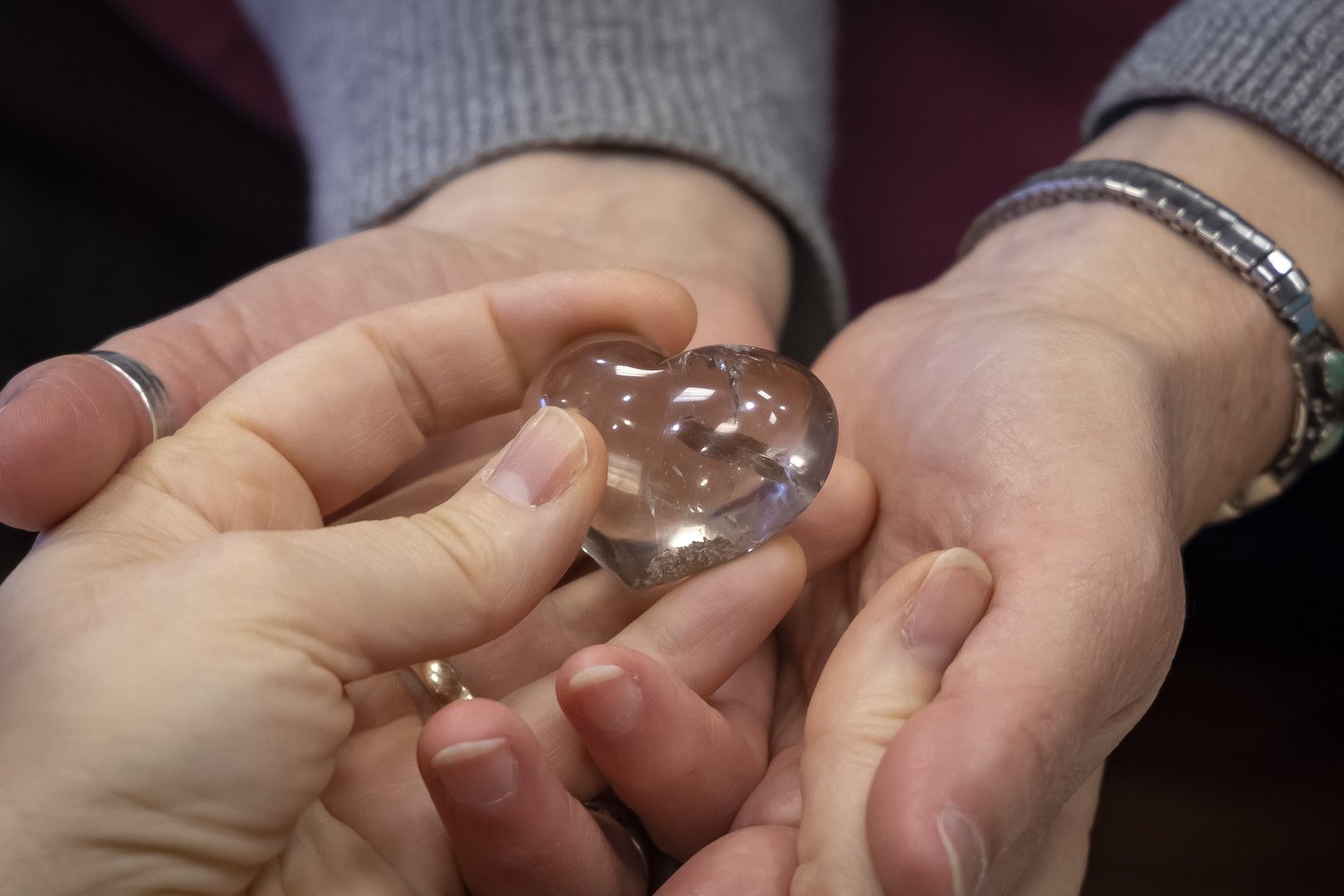What Would I Want People to Know, Danger Zones, & Akharey Mot/Kedoshim
Last week, only a couple of blocks from home, this person stops me and asks if we can talk.
“About what?” I ask. All the usual things are going through my head: What are they selling, what do they want me to sign…?”
“Anything,” they say, explaining that they will be documenting our conversation to post online.
I can see they’re sincere, so I say sure. They fasten a microphone to my shirt, and we start talking.
First we talk about the basics. I’m curious about their origins, and I learn that they come from a people that has been the victim of genocide. They don’t tell me this. It just registers in my mind.
They ask about my life. Who am I? I tell them how and where I grew up, what I did before, and what I do now. I’m not sure of their reaction. But they’re interested how the rabbi thing came about. I tell them, in a nutshell.
Then they ask, “What’s one message, one thing, you would want viewers to know?”
Oh. Wow. So many things, I think, searching my brain. I get to say anything—and I want it to be important.
We have a difficult conversation around Israel and Gaza, and how hard it’s been for the Jewish community, and how divisive. I explain some of it. Of course, I’m aware that I’m entering dangerous territory. But I’m the Real Rabbi who likes keeping things real. Plus, I believe in taking chances (with caution), I’m usually a good judge of character, and I believe I can have an impact—even talking to just one person.
My interviewer concludes, “Wow, this really is so nuanced, isn’t it.” I appreciate their willingness to think about all the different sides.
We end with my interviewer asking me if I have hope.
“About Gaza? Israel? The world?”
“All of it.”
Not so much for Gaza and Israel, no, I admit.
But then I tell them another story I’d heard, this one from “On The Media.”
A Black woman is collecting dirt on the side of the road in rural Alabama. It is the site of a lynching. The dirt is going into a jar for display at a museum of Black history. She’s filling the jar, and a white man driving by in a big truck slows down, watches, comes back again, maybe three times. The woman is understandably growing more and more nervous.
The man finally stops. He asks what she’s doing. She considers whether to tell him the truth or not. She’s in a danger zone. But she spills it.
Instead of responding with hostility, he asks if he can help. She offers the trowel. He insists that she keep it. He digs fervently with his hands.
As they’re digging, filling this jar, she starts crying. He says he’s sorry, he didn’t mean to upset her. She says no, you’re not upsetting me; you’re helping me, you’re blessing me.
They keep digging.
Then she notices that his face is turning red. She’s concerned.
“Are you okay?” she asks. “Yes,” he answers, “I’m just worried that it was my grandfather who lynched this person.”
She puts her hand on his shoulder. They cry together. He drives back with her to the museum. Together, they deliver the jar full of dirt to add to a wall of jars. They are now friends. A healing has happened.
As Bryan Stevenson says on the podcast, I’m not naive, this could have turned out very differently, but these kinds of stories give me hope. Despite the feeling that we are going backwards, there has been evolution—which is a real reason for the backlash we are experiencing now in this country.
The documenter says, “You give me hope.”
This week, very aptly for our topic, the Torah continues listing its laws for the Israelites to live by when they enter the Land of Milk and Honey.
It starts with a scapegoat—a literal goat that is sent into the desert as a way of achieving expiation for a person’s sins. Then it moves on to things like how to plant and sow your fields, leaving harvest along the edges for the poor. It talks of stealing, not dealing basely with your fellow humans, not giving false testimony or false anything, not putting a stumbling block in front of a blind person.
Further on are rules about family members whose nakedness should not be revealed. Though it doesn’t explain, it’s obvious that it’s about being exposed, vulnerable—in danger.
We all know how Jews have been used as scapegoats for society’s ills throughout history. But we are left with questions in the present day.
When do we, as nations or as individuals, take responsibility and reveal the truth? When do we lay the blame on others for our own actions, making excuses, or even deny the truth, and pretend it’s not happening?
When are we dealing “basely”?
We might be putting ourselves in danger, and there are times not to reveal certain things. But we also must be courageous and do what we can, when we can. How and when is different for each person.
So, as we come upon the holiday of Revelation, just a month out, when the rabbis say the Torah was revealed on Mount Sinai, let us pray for revelation for how and when we can each play a role and make a difference in these very confusing, dark, times.
May we sow peace and love and kindness instead of violence, hatred, and hostility. And let us speak kindly to those with whom we disagree. How else can we create the world we want to live in?
May we be vehicles for healing.
And please say Amen.
